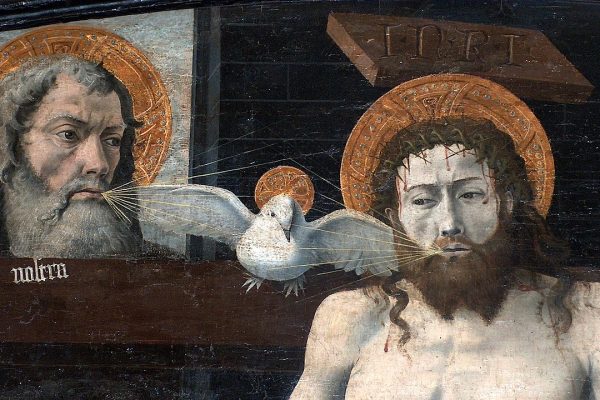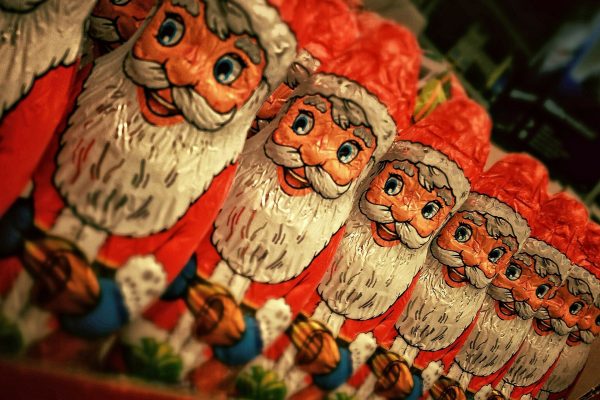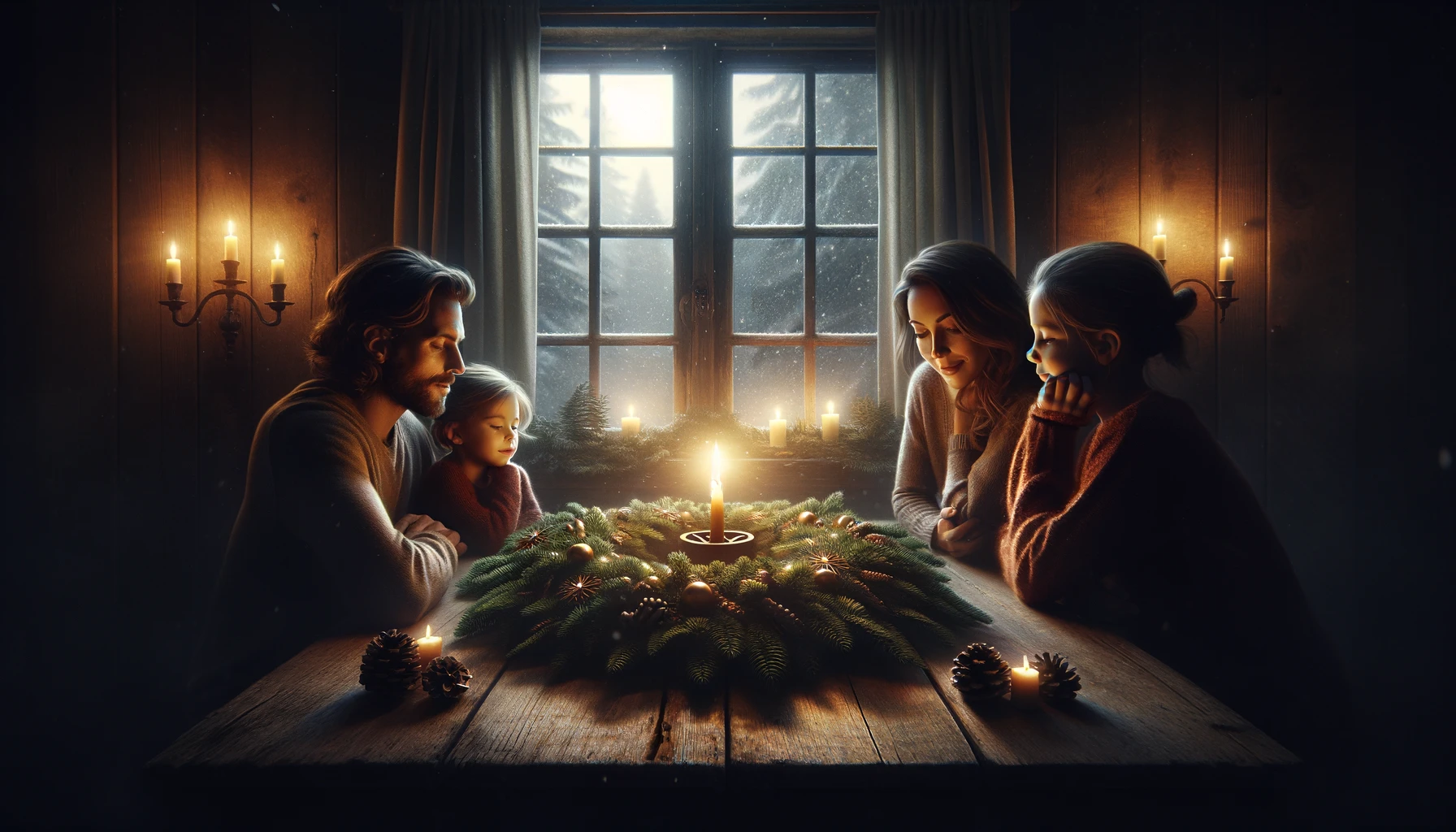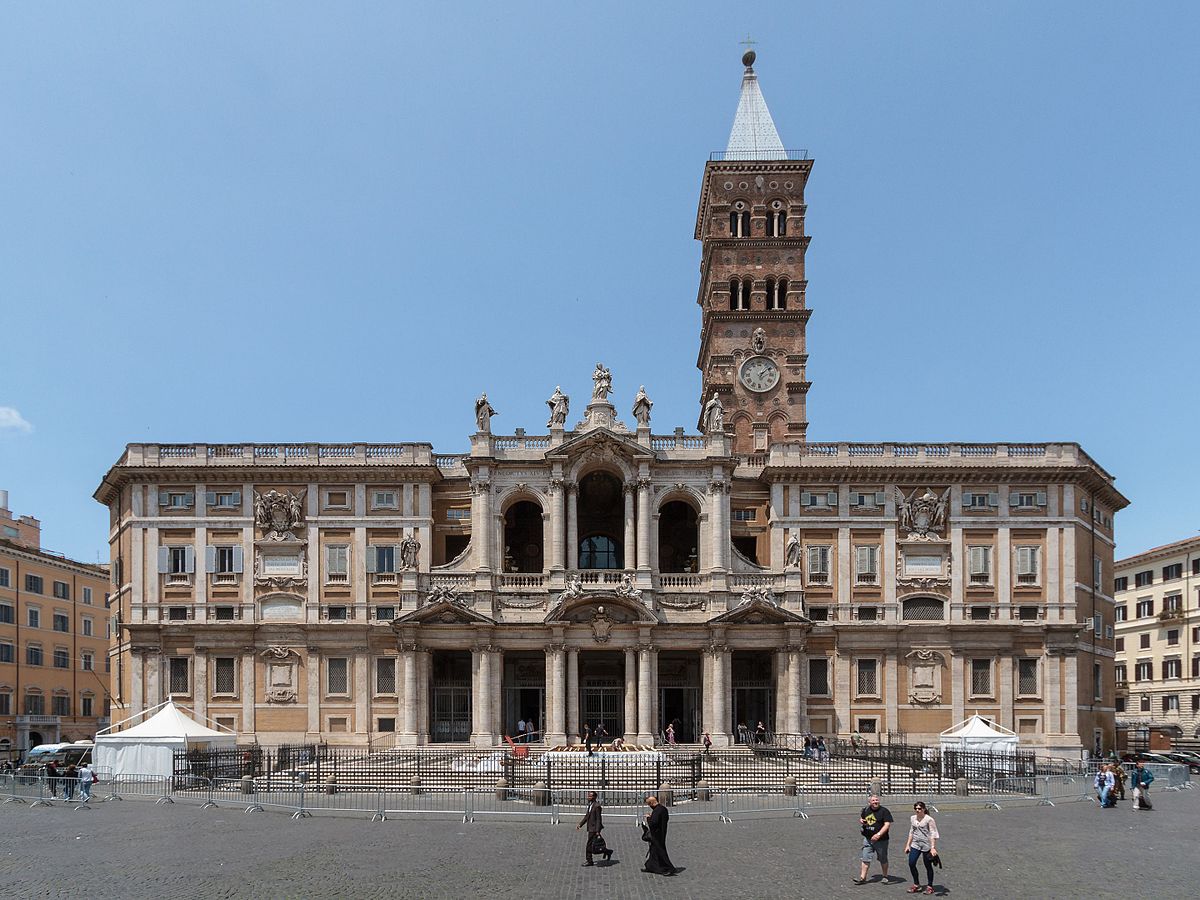Home>Christian Resources>A Biblical View Of Father Christmas And Santa Claus


Christian Resources
A Biblical View Of Father Christmas And Santa Claus
Modified: January 9, 2024
Peter Smith, Editorial Director at Christian.net, combines deep insights into faith, politics, and culture to lead content creation that resonates widely. Awarded for his contributions to religious discourse, he previously headed a major organization for religious communicators, enhancing dialogue on faith's societal impacts.
Are Father Christmas and Santa Claus the same person? Here, we tackle their origins and the role they play in Christmas based on the Bible.
(Many of the links in this article redirect to a specific reviewed product. Your purchase of these products through affiliate links helps to generate commission for Christian.net, at no extra cost. Learn more)
Christmas is beautiful. The smell of hot chocolate, the cold weather, and the indescribable yet pleasing feeling of warmth- it really stands out. Anywhere in the world, Christmas is a season that’s worthy of anticipation. Alongside its many movie adaptations, music, and Christmas-inspired treats, we now head to the popular icons of the season. Here, we encounter Father Christmas and Santa Claus. For decades, these names have received much attention to the point where they now act as one of the many popular symbolisms of the season. But, who really is Father Christmas and Santa Claus? Most importantly, what is the biblical view of these names?
The Differences And Similarities
Both Father Christmas and Santa Claus are mere symbols of Christmas. Obviously, Christmas is a celebration for Christ alone. But, these two names play an important role in representing the jolly season of Christmas. For Father Christmas, the icon began as a symbol of Spring. The name “Father Christmas” was first used during ancient British mid-winter festivals. On the other hand, Santa Claus symbolizes charity and gift-giving rooted in Dutch and German origins. The common misconception between these two is how they are the same. In reality, both are from different origins representing different meanings. Here’s an in-depth scope between the two.
Who is Father Christmas?
Father Christmas is a pagan figure known as the “bringer of spring” or the “king of spring”. According to this belief, Father Christmas is the only one who can end winter by granting spring. He and Jack Frost, who is an icon with more focus on creating harsh and cold weather conditions are usually associated. But, under the Saxon rule, Father Christmas became “King Frost” where his story underwent a different take. Here, he was now a figure known to visit people’s homes and if they are nice, he would give them a present in return. Even from this, we can tell the difference purpose-wise. Father Christmas grants gifts to houses he visits if they’re nice meanwhile Santa (according to most beliefs) visits houses with gifts only to those who were nice for an entire year.
His story did not stop progressing here. During the Viking invasion, the icon received the characteristics of an old man with a long, white beard, and a blue cloak. He is also known to have an eight-legged horse (unlike Santa Claus who rides with reindeers). In this period, he was believed to be handing out presents for the well-behaved people and punishments for those who behaved badly. This again faced a different twist when the figure of Saint Nicholas was introduced to Britain. Thus, making way for the name “Father Noel” or “Father Christmas”. From here, the name has paved itself as an icon to which people today are accustomed to associate with giving gifts.
Old Take Vs. Today’s Version
The difference between the “old take” on Father Christmas to what we know now is how gift-giving is more of a Christmas tradition and less of a punishment. Aside from representing spring, Father Christmas was a feared icon for kids. This is in comparison to how the Viking invasion saw him as someone who gave bad gifts to children who did not make the cut in his standards of being nice. Also, the merrymakers during the 17th Century made Father Christmas an icon protesting against Puritan leaders who refused fears during Christmas celebrations. The Victorian era’s take on this icon (which we carry today) sees him as someone who spreads the Christmas Spirit and encourages the people to celebrate happily during the most awaited day of the year.
Unlike the origins of Santa Claus, the origin of Father Christmas underwent many “twists and turns” depending on the time period. Another difference that we have identified is how it seems that Santa’s origin is more “consistent” than Father Christmas’, considering how many versions of his story have been told. A factor explaining this is probably how the oral tradition was used more than that of written means during these eras.
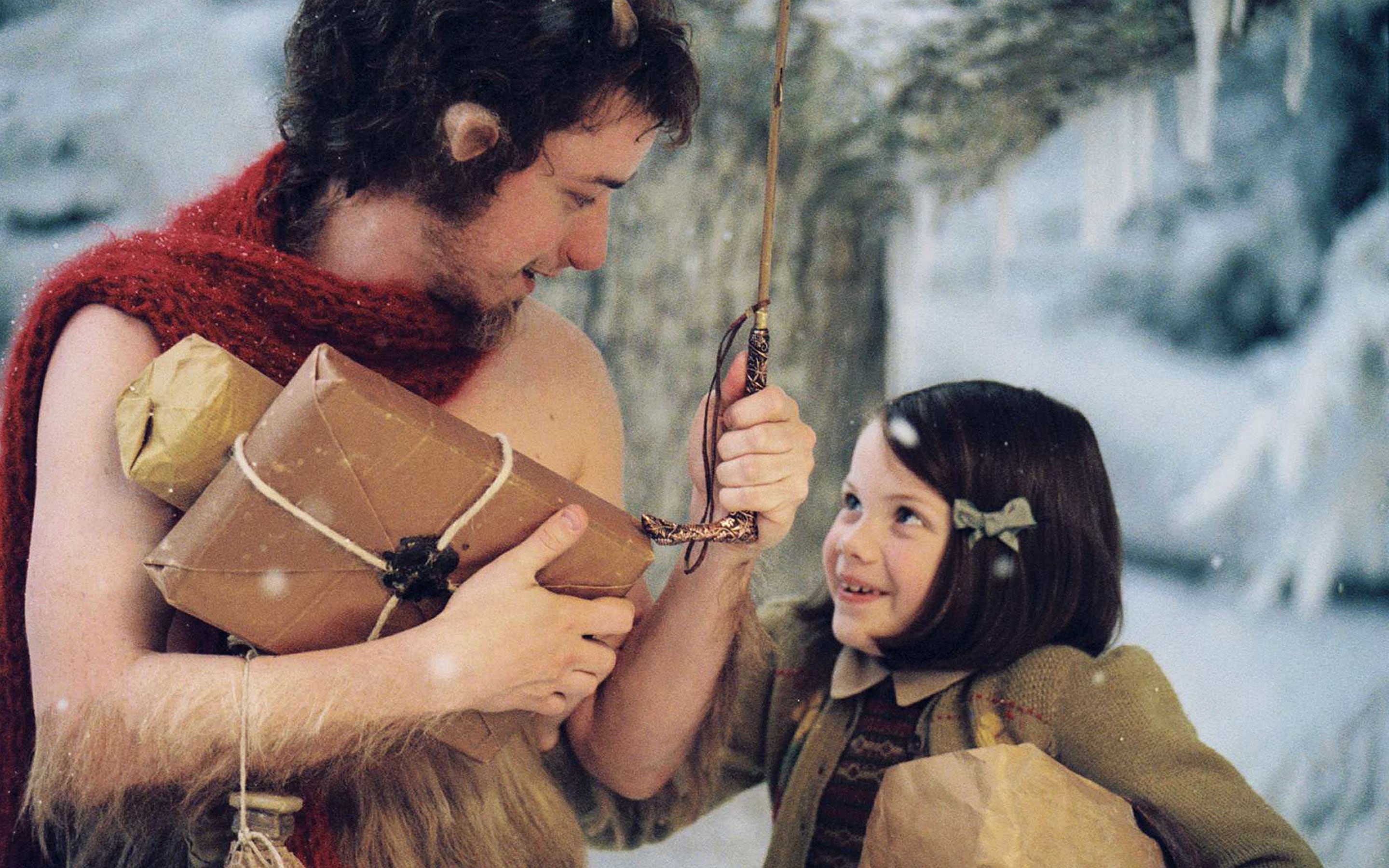
Father Christmas in the Chronicles of Narnia
If you’re a fan of the Chronicles of Narnia, written by C. S. Lewis, or watched the famous movie “The Chronicles of Narnia: The Lion, the Witch, and the Wardrobe”, you’ve probably encountered the man carrying a big bag full of gifts or tools – That man is Father Christmas. As the author includes Christian themes in his books, the identity of Father Christmas in Narnia bears an important message.
-
Aslan’s Coming
“Always winter but never Christmas” describes Narnia. Due to the White Witch’s ruling, it was snowing every single day with extreme, unbearable cold. Consequently, no one has ever seen Father Christmas for a hundred years because of this curse. But, he finally appeared to give gifts which foreshadows that the White Witch’s curse is weakening and Aslan is coming. In many accounts, people associate Aslan with Jesus Christ considering how Aslan died for another person and later rose again. Aslan shows the characteristics of Christ’s selflessness, and of course, his immense power. So, Father Christmas representing the coming of Aslan is like Christmas itself reminding us of the coming of our Savior, Jesus Christ.
-
The “Gifts”
Father Christmas gave the Beavers, Lucy, Susan, and Peter gifts. Specifically, a Rhindon (sword and shield) for Peter. A horn, bow, and arrows for Susan and a healing cordial alongside a small dagger for Lucy. Obviously, these are very unusual items to count as gifts for children. Instead, these fall more as tools than actual presents. We’d expect him to give toys or even some extra padding to combat the harsh cold. But, all these play crucial roles in their survival and success. It is similar to how the Gifts of the Holy Spirit equips us to battle against enemies of evil. Like the Holy Spirit, the strength of these tools cannot be seen by the eye.
-
The Last Statement
In the movie, Father Christmas departs with a “Merry Christmas” and a very notable line which is “long live the true king”. In Christianity, we understand that the icons of Christmas such as Father Christmas or Santa Claus aren’t the King. We do not celebrate for them but, they do remind us of His coming. It’s just like how mascots represent restaurants but, they’re not really the establishment itself. People dine in these establishments for the restaurant itself and not the mascot, right? Thus, we celebrate Christmas, not for the symbols or icons used but, for Christ!

Who is Santa Claus?
Santa Claus is based on St. Nicholas of Myra. He is a reputable Christian monk and bishop known for his many contributions in the third century A.D., but, how did a saint become Santa Claus? Well, his story was carried on by the Dutch and German settlers to America. Saint Nicholas inherited a large portion of fortune in which he gives away to those in need. The story that gained his good reputation was when he saved three young girls from a life of prostitution by delivering three bags of gold to their indebted father in secret. These bags of gold were later used as dowries for the young girls.
His story spread throughout Europe wherein he later became the saint for the children and the sailors. As his story passed on to different mouths, his characteristics also changed. Actually, the real Santa Claus did not have a long, white beard nor a big, jolly belly. These characteristics were given as a result of the Europeans associating St. Nicholas with Roman deities. Thus, the addition of the beard and the ability to fly.
Flying to America, St. Nicholas’s story reached American soil in the 18th century. In December 1773, a New York newspaper reported how groups of Dutch families celebrated the anniversary of a saint’s death. St. Nicholas died on December 6. After this, the name spread throughout the country, and “Sinter Klaas” (St. Nick’s Dutch name) became the good ol’ Santa Claus we know today!
Father Christmas And Santa Claus
To summarize, both Father Christmas and Santa Claus share characteristics such as their gift-giving nature, their appearance, and how they spread the spirit of Christmas. However, they are very different in terms of their origins and their primary intention. Father Christmas was a symbol that originally represented a season (spring) and his gift-giving nature is only an accessory to what he is known for. Meanwhile, Santa Claus is an icon for charity and giving gifts for Christmas. His origins is not based on oral tradition but instead, on the life of a Christian saint and bishop. Either way, they’re both great symbols of Christmas.

The Biblical Standpoint
In everything we do as Christians, it all boils down to one question – What does the Bible say about it? As believers, our faith revolves around the core of God being the only God we serve. In fact, it is part of our belief and responsibility to get rid of other images or idols we have (Exodus 20:3-6). But, does this rule include having Father Christmas or Santa Claus as icons of the Jesus-centered season? Here are some things we have to consider before doing so.
-
Christmas is for Christ
Think about it in this way; if birthdays are to celebrate a person’s day of birth and Thanksgiving is a celebration for giving thanks, we have no reason to celebrate Christmas without Christ. Taking an in-depth look, we cannot be saved without Christ. So, His existence is the most important event we have engraved in our existence. We should not forget who we are celebrating because, without the Birth of Jesus, we would never have the chance to even start. He ended our debt so we can begin anew. We celebrate because our Savior lived just to die for our sins which is the greatest depiction of love (John 1:14, John 3:16). As Christians, we should not miss the point of Christmas, it is for Christ alone.
-
Gifts come only from God
Presents, may it be in a form of a material object or money, are often associated as gifts from Santa or Father Christmas. While their origins do point to their gift-giving nature, Father Christmas nor Santa Claus cannot give us presents. Everything we own, may it be an object or an intangible achievement is a blessing from God (James 1:17 ). Basically, Christmas is the season where we share our blessings from God with others. We have presents to give because of His Grace and not because of any other figure.
It is harmless to make use of festive icons like Father Christmas or Santa Claus. It’s a similar gesture to decorating Christmas trees or adding hints of red and green in our living rooms. But, it is vital to celebrate without forgetting the core of the celebration. Christmas should not be seen as a holiday where Father Christmas or Santa Claus gives us gifts because only God can give everyone gifts and this is why we celebrate Christmas.

-
Reject the Commercialism of Christmas
Commercialism pertains to how companies maximize their profit by enticing the audience. Unfortunately, this phenomenon becomes more evident during the season of what is supposed to be the “most humble” celebration for a humble God. Name it; we see products using Santa or Father Christmas as a reason to persuade us into buying more material objects. People tend to pay more attention to Christmas decorations than the celebration itself. When we receive expensive Christmas presents, we should acknowledge that these are Christmas blessings and are actually not needed for the celebration of Christmas. The icons of Christmas do represent generosity but, never greed nor destructive material desire.
2 Corinthians 1:12 shares a great lesson about simplicity. Have you heard the saying that goes “where silence is, God is.”? In the context of Christmas, silence mirrors the attributes of simplicity. Since the word refers to the absence of noise, consumerism is the loud hindrance that pressures us in purchasing items one after another. While generosity is a great virtue, we should not be controlled by the world’s version of Christmas revolving around only receiving gifts or who gives the larger price tag. This misses the point of Christma. Additionally, Father Christmas nor Santa Claus should not be used as figures that promote this insatiable desire. They were not made for this purpose.
-
Teach the Children
Galatians 4:3 depicts the vulnerability of children to false teaching. During the season of Christmas, children are exposed to Christmas-themed media that heavily impacts their beliefs and attitude. If the rather controversial and subjective view on using images like Father Christmas or Santa confuse adults, imagine the toll this takes on younger minds. Again, there is nothing wrong with decorating the season with festive images as long as we know where the line ends.
For adults, there is a responsibility to correct how children may perceive Christmas based on what they see on their screens. We have to remind them of who lived and died so that we can love and be saved. This might seem a lot to take in. But, a strong foundation in Christ is better introduced in a season that celebrates Him.
-
They are Symbols
For the case of Father Christmas, his origins are made known by humans. And for Santa Claus, he is based on a human. They are just symbols adapted by human cultures. So, we should take away the belief that Father Christmas or Santa Claus are spiritual beings with supernatural gift-bearing powers. Even for Santa Claus, despite being based from St. Nicholas, the persona of Santa takes in is a mere product of human creativity and time.
Festive icons are like company logos. They are not the company nor the product nor are they the one making the products. But, they help people to remember the brand’s name and what they offer. In a way, Father Christmas and Santa Claus are like festive reminders that accentuate the “Christmas vibes” especially for children!

-
Celebrate Christmas
The best way to celebrate Christmas… is to just celebrate it! The world has turned this meaningful holiday into a highly commercialized and entertainment-centered event of glam. But, Zechariah 9:9 tells us it’s not like this. In one of his many great prophecies about Jesus Christ, he stated the Lord is humble as He mounts on a donkey (the donkey represented royalty before). If the celebrant Himself is humble, wouldn’t it make sense to celebrate the gift of His life in a similar manner?
Also, let’s not forget that the message behind gift-giving is not because we want to be like Father Christmas or Santa Claus. We only have two reasons for doing so. First, the Lord commands us to be generous (Acts 20:35). And second, specifically for Christmas, giving gifts is derived from the story of the Wise Men offering frankincense, gold, and myrrh to Jesus (Matthew 2:11). Every aspect of this season has always been about Jesus and no one else.
To summarize, Father Christmas and Santa Claus are not one person. However, they both help boost the jolly spirit of Christmas we all know and love. Having both icons in the celebration does not mean we celebrate for them. But for many, having these festive icons add up to the merry vibe Christmas is known for. As Christians, we have the responsibility to set limits and understand the Only reason why Christmas exists – Jesus Christ.
